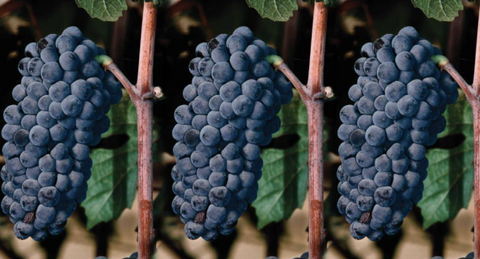It's Pinot Month At Taylor's! November is a great time to reflect on what we are most thankful for and family is on the top of that list. Including the Pinot Family! We love a good pinot at the holidays, Pinot Noir, Pinot Grigio, Pinot Blanc, Pinot Gris...
Click here to Shop our Pinot Sale and Save on All Pinot Family Wines
Here's 5 Pinot Noir Facts that you can use with your family & friends to keep the conversation lively this holiday season:
1) The name "Pinot Noir" is French and means "Black Pine,"referring to the dark color of the skins and that the grape clusters were thought to resemble pine cones.
2) Pinot Noir is an old grape. Compared to most of the other varietals that are popular now, Pinot Noir is an old varietal, thought to be over 2000 years old and was popular among the ancient Romans. That means Julius Ceasar may have enjoyed a Pinot Noir while watching the gladiators at the coliseum! By comparison, Cabernet Sauvignon is only around 600 years old.
There are only a few other grapes still around as old as Pinot Noir and the only other one that is still popular is Muscat Blanc. Gouais Blanc & Timorasso are the only other two varietals still around, but relatively obscure that are as old as Pinot Noir. BTW, it was Gouais Blanc that crossed with Pinot Noir to create Chardonnay!
3) Pinot Noir is hard to grow. Those tightly bunched, pine cone-like clusters make Pinot Noir difficult for grape growers and winemakers. They are susceptible to lots of diseases and pests because of lack of air flow between the grapes, they also tend to ripen unevenly and the thin skins of the grape are easily damaged and can burst after rains.
4) Pinot Noir is genetically unstable. The Pinot family of grapes has lots of members because the variety mutates easily, giving us many sub-species that we are now familiar with like Pinot Grigio/Gris, Pinot Meunier, Pinot Blanc, Pinot Auxerrois... These other grapes didn't come about by crossing Pinot Noir with something else the way many of our new varietals are created, but are rather mutations that were kept by a grower and proliferated.


